I’ve built a few boats using traditional methods, and they would all look just like boats from over a century ago if not for the bright white synthetic rope I’ve used for halyards, sheets, and painters. Manila cordage would have been used on those earlier boats, but that natural fiber isn’t as readily available, strong, or affordable as today’s ropes made of nylon or polyester. Unmanila, a three-strand rope made of tan-colored polypropylene, is a good match for traditional boats, but it's not to be found in local hardware stores or even marine suppliers.A few months ago, I saw a beautifully appointed Caledonia Yawl, rigged with what I thought was Unmanila. I asked the builder, Mark Bratton, about it and he said the running rigging was ordinary white nylon three-strand that he had dyed a lovely café-au-lait hue. Nat Wilson, a Maine-based master sailmaker specializing in sails for traditional ships, had told Mark how to dye synthetic rope, and Mark passed the technique along to me.The dye Nat and Mark have used is Cabot’s Salt Marsh water-based exterior stain. When I began looking for it on the web, I was quickly bewildered by the variations. Stains come in transparent, semi-transparent, semi-solid, and solid, indoor and outdoor, water-based, and oil-based; and in off-the-shelf colors or tinted at the store.
Join The Conversation
We welcome your comments about this article. To include a photo with your remarks, click Choose File below the Comment box.

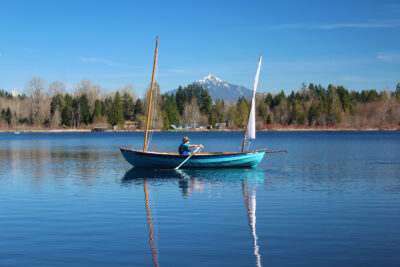
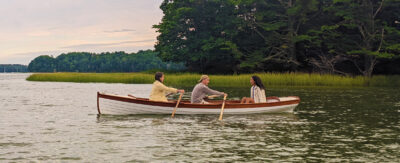

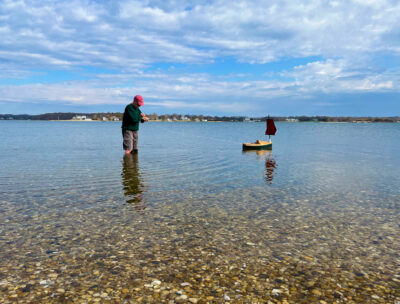
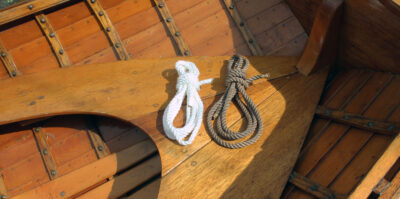
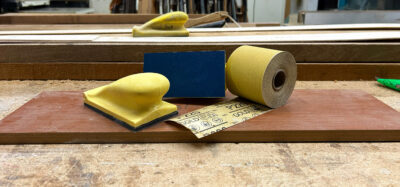

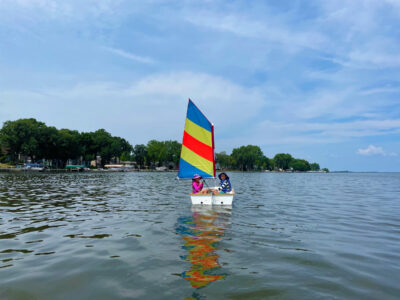
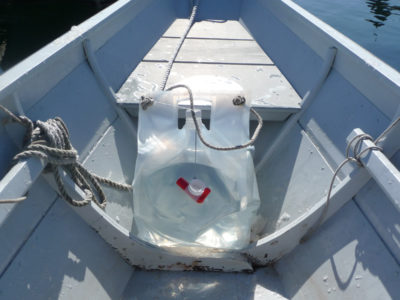
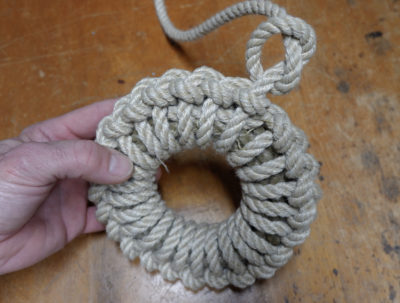
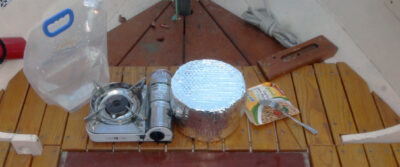
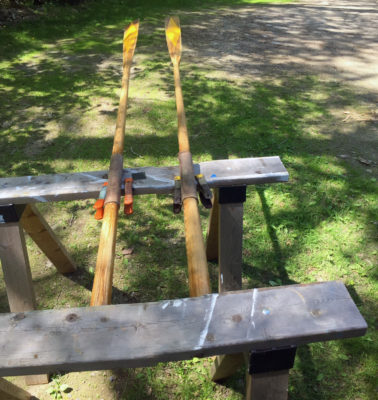
Chris I missed it the first time I read this, but I would like to correct one thing my running rigging is all spun polyester. Anchor and dock lines are nylon. I really like the color you chose and the sanding adds another layer of realism.
What a grand idea! Thank you.
I’ll try right away to color some rope of my schooner, nice solution!
Nice touch.
I’m on my way to pick up stain and a bucket! I have a mix of old line and new “bright white” lines on my traditional wood Whitehall. This is just what I needed to put those final touches on the boat before the Port Townsend Wooden Boat Festival this year!
Thanks!
Mark,
I stained some very old nylon ropes that had turned gray. That underlying color made the brown stain look almost black. I did that test on the tail ends of two lines and I was glad I didn’t stain the full lengths. I did tests on a lot 10″ samples of ropes before committing full lengths to the process.
Chris
Thanks for the heads up on dyeing old line! I’ll stick to the two lengths of “bright white” line I have in the shop. I’ve been holding back on using it because it just looks “wrong” in it’s off-the-spool color. I’ll have the Whitehall in the PT Wooden Boat Festival this year, so if you are out, you’ll be able to see how my dye job came out in person!
Mark,
I stained some very old nylon ropes that had turned gray. That underlying color made the brown stain look almost black. I did that test on the tail ends of two lines and I was glad I didn’t stain the full lengths. I did tests on a lot 10″ samples of ropes before committing full lengths to the process.
Chris
Chris,
There is at least one other way and this one is designed for this very purpose, very inexpensive, and completely customizable.
During my forays into skin-on-frame canoe building, I dyed the bright white ballistic nylon skin of all three my canoes with Jacquard Acid Dyes. You can see the process here at timestamp 4:18, and the finished boat later on. Jacquard makes about 50 colors, plenty in the natural spectrum. Jacquard claims the dyes are colorfast through repeated washings, but my boats were subsequently coated on the outside with urethane so I cannot comment on that; however the uncoated insides have stood up just fine.
What brand poly 3 strand do folks recommend?
Ken, I used New England ropes 3-strand spun polyester I bought from R&W. Inexpensive with a good feel.